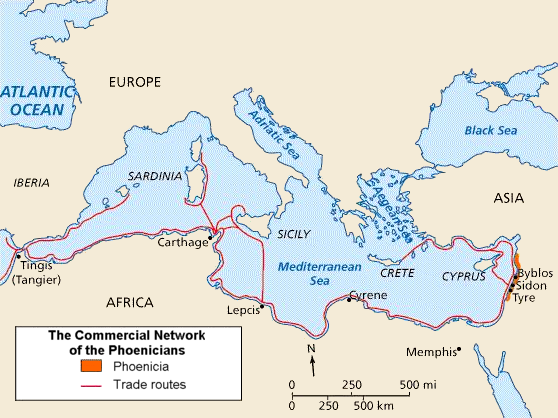An example is Yigal Yadin's dating of what he called "Solomonic Gates" at Megiddo, Gezer and Hazor as cited in the Book of Kings. Deciding that these gates were built by "Solomon" Yadin made what was, at the time, the logical conclusion that the pottery associated with the levels of the gates was 10th century because Solomon was believed to date from the 10th century and so the circle of reasoning was completed. When Israel Finkelstein came along in the 1980's and noted that these gates were identical to those at Samaria and bore identical "mason's marks" he concluded that the gates at the other sites post-dated the 10th century by 100 years or so. Thus the question became, was the pottery 10th century because of the biblical connection of Yadin or was it 9th century because of the architectural findings of Finkelstein?
Both sides turned to carbon 14 dating which had made significant strides in the meantime. William Dever, who has floated across the Minimalist/Maximalist line noted in a tv special from about 2000 that he expected the "low chronology" to be overturned within 5 years. It has not worked out that way and Dever has gone over to the other side. In 2007 Radiocarbon Magazine published the results of the FIRST STAGE OF THE IRON AGE DATING PROJECT IN ISRAEL. The initial reports not only supported Finkelstein it was noted by one commentator that the "Low Chronology" was actually a bit lower than he originally claimed. Phase Two of the project continues but although we were able to get abstracts of the report and commentary of it, today for the first time (and completely by accident) I found a link to the entire 2007 article.
http://www.weizmann.ac.il/kimmel-arch/pdf/36_Sharon.pdf
As the authors note in the conclusion:
Unlike historical dating, both 14C and seriation are augmentative, progressive (in the sense that new
and better data are continuously added), and probabilistic. Archaeologists relying on probabilistic
tools will have to settle for probabilistic answers that indicate the highest likelihood for a given
state-of-the-art. For the time being, our data set is definitely on the side of the Low Chronology and
demonstrates that the Iron Age I|II transition occurred about the end of the 10th century BCE.
